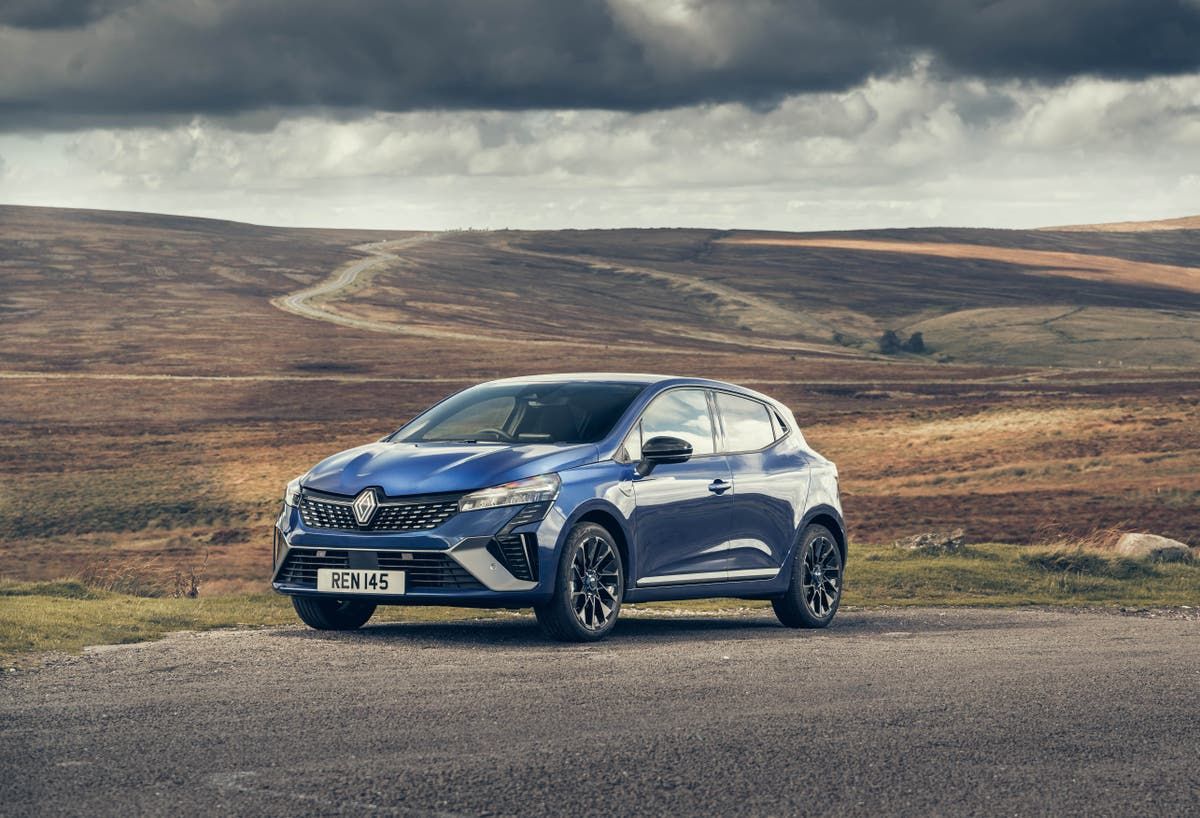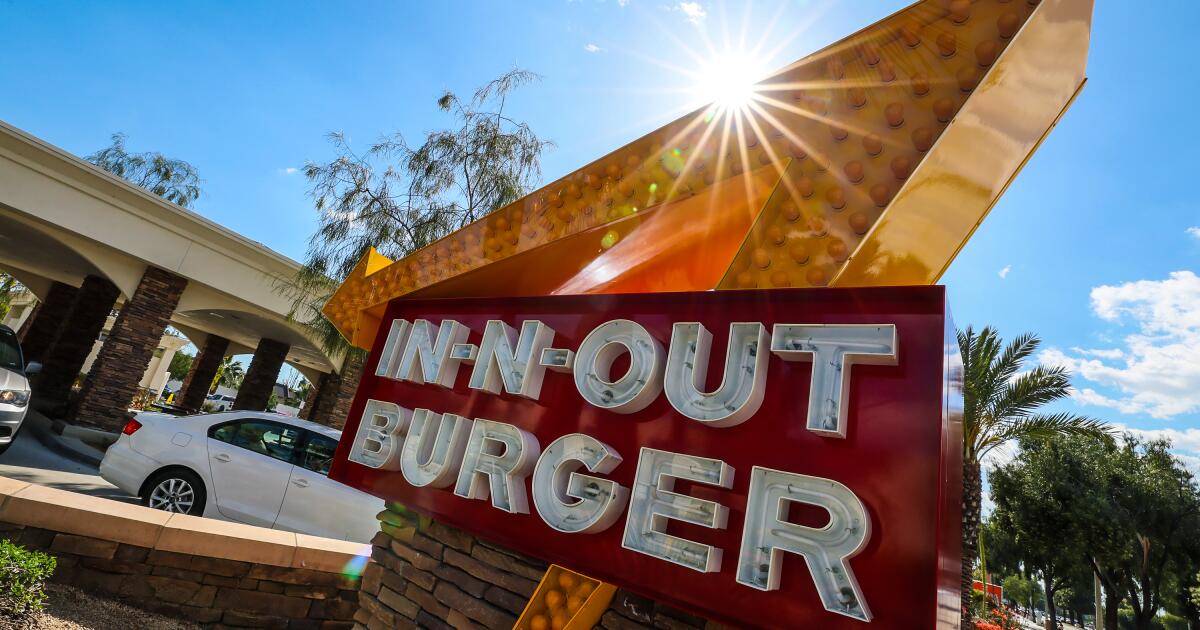ohOne of the many unfortunate aspects of the trend for SUV and SUV-inspired crossover models is the eclipse of some of the more traditional and, in my opinion, better packaged types of automobiles. The estate seems to be dying out (the disappearance of Volvo's three offerings is the latest bad news), as well as saloons and even hatchbacks, or “superminis” as they were called when the Fiat 127, Renault 5 and VW Polo popularized the gender.
The Ford Fiesta, for example, one of the market leaders in the UK for almost half a century, will take a knock on the head later this year. Frankly, it's getting a little monotonous. Whether electric, hybrid or powered exclusively by an internal combustion engine, they all fit into an increasingly generic SUV/crossover look, and it's quite difficult to tell them apart in any aspect. As with the proliferation of channels on digital television, paradoxically it seems that we have fewer options instead of more: “You can have any car you want, as long as it is an SUV.”
The embroidered upholstery has blue stitching but could benefit from lumbar support.
(Olgun Kordal)
The most serious loss is at the smaller, cheaper end of the market, as battery electric vehicle (BEV) technology tends to be better suited to taller, wider, thicker (and heavier) vehicles, to maximizing the battery pack and offering the kind of range customers demand. That inevitably means that the cheap and cheerful hatchback with a highly efficient internal combustion engine that we used to know and love is disappearing. So we must appreciate the few examples that still exist, and among them the Clio stands out, and Renault's willingness to continue making them, despite the shift towards electric vehicles and SUVs.
Of course, Renault isn't immune to that trend, but all the same, the Clio forges ahead, along with its crossover derivative, the Captur, and for that we can be grateful too.
The sportier design of the Clio now has up to 17 advanced driving assistance systems
(Olgun Kordal)
“Clio” is a household name that goes back over 30 years and has been a fairly ubiquitous feature of the scene, and for good reason. Despite their semi-disposable image and omnipresence, which perhaps meant they were taken for granted and not so seriously, successive generations of Renault Clios have combined a smooth ride with lively performance, economy, reasonable reliability, a bit of character and they didn't. It even rusts so much. Reason enough to take a close look at the latest version, which is a facelifted version of the Clio VI, launched in 2019.
It is tailored to the interests of the economy and its emissions, but is still very satisfying to drive.
(Olgun Kordal)
What's new? Well, the Clio had a pretty front-end heavy redesign and they adopted the “Alpine” badge, previously reserved for their electric/performance brand, for one trim level, for marketing reasons that are a loss for me. This generation of Clio can also be purchased as a gasoline/electric hybrid, which is what I tested. In fact, almost the entire range now operates this way: there are no BEV, plug-in hybrid or diesel variants.
The steering wheel has red, white and blue tricolor stitching.
(Olgun Kordal)
I have to admit that the newer Clio reminded me of one I drove in the 1990s, even to the point that they still equip them with a small control module for the audio just behind the steering wheel, a feature I admit. I was surprised to discover this as we entered the second quarter of the 21st century. It was way ahead of its time back then, but I had idly imagined that by now they would have come up with something more sophisticated. They haven't, but it still works (you get used to it).
THE SPECIFICATION
Renault Clio E-Tech Hybrid 145
Price: £24,795 (as tested; range starts at £16,830)
Engine capacity: 1.6l gasoline 4 cylinders, 6-speed automatic + electric motor
Power Output (CV): 145
Maximum speed (mph): 112
0 to 60 (seconds): 9.3
Fuel economy (mpg): 64.7 (including battery-only use)
CO2 emissions (WLTP, g/km): 97
Elsewhere, the steering wheel has the usual driver-assist functions for adaptive cruise control, although the button to activate lane assist (pulls the wheel if you veer over a white line) is on the dash near the door , illogically.
The portrait-format touchscreen looks a little stingy by modern standards, but it's perfectly usable and as secure as any of its kind (and arguably more so given its limited features).
Three big, chunky rotary controls on the dash operate the air conditioning, and they're also very clear and simple – another welcome old-school thought. The plastics look and feel quite elegant; They are obviously not luxurious, but simple and unpretentious.
Another welcome element of Renault's old-school thinking: chunky, decent rotary dial controls.
(Olgun Kordal)
To be honest, the Clio doesn't exude showroom appeal, but on the move it's an extremely involving kind of drive, with the six-speed gearbox completely free of the kind of squeak you used to get with hybrids, and the transitions between electrically. The assisted propulsion and pure gasoline are imperceptible.
It's a much more successful and safer vehicle than it looks on paper and, in fact, the kind of car you'd actively enjoy driving. It can be pressed very hard and it will always maintain its composure. It's a car I can thoroughly recommend, as long as you can find a way to justify the cost because the era of the small, budget hatch is coming to an end. Its main competition is the Vauxhall Corsa/Peugeot 208, newer and more advanced designs but lacking the verve of the Clio.
It goes from 391 liters of trunk space to 1,069 liters with the rear seats folded down
(Olgun Kordal)
The Clio has many virtues and few drawbacks, but its few sins are evident. For starters, the fan is a bit noisy and I felt some reverberations through the steering wheel on a cold start, although it soon warms up and takes care of itself. The leatherette seats are mostly comfortable and grippy, but could use more lumbar support.
Its main competition is the Vauxhall Corsa and the Peugeot 208, but they lack the verve of the Clio.
(Olgun Kordal)
As joyful as it is and very satisfying to drive, I would also have thought Renault could have gotten a little more out of the 1.6-litre engine and hybrid assistance. I assume it is tuned in the interests of the economy and its emissions, in line with our more sensible times. Unlike the good and bad times, there are no exuberant homologation specials with a bubbling 3-litre V6 placed where the rear seats should be. A small part of me, I confess, regrets it. Small Renaults are much tamer these days, but they're still a lot of fun.












